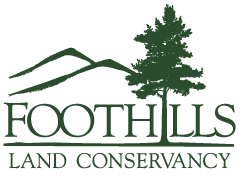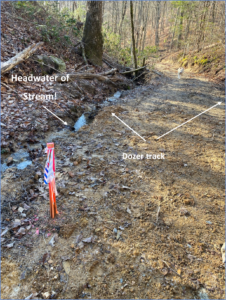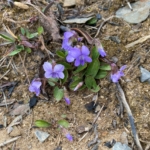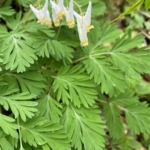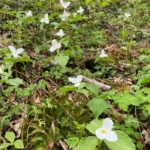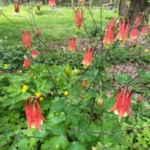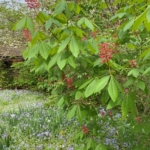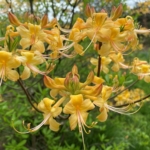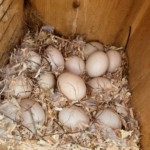ENJOY EARTH DAY!
We know you do your best every day, so here’s a little inspiration to keep on doing good things for your piece of Ma Earth and beyond, and above all, take time to bask in the glow of your efforts!
The 2021 Earth Day theme is Restore Our Earth
Rule #1: Don’t screw it up to begin with! Think about your choices when it comes to land use. FLC has been dealing with a situation involving a bulldozer and a pristine stream. It’s so ugly and unnecessary. If you choose to alter your landscape, protect all you can then include ways to put it back better than before. Consider avoiding the bulldozer approach.
Rule #2: Ma Nature knows best. When it comes to restoration, given the chance, and time (though often lifetimes), Ma Nature will heal our scars. A recent hike up the Bullhead Trail in GSMNP is an inspiring testament to that. The devastating fires 4.5 years ago left ugly scars in many ways. Have a look at her progress in healing. She gets a High 5! Park Service personnel continue to be proactive in locating and eradicating invasive plant species such as princess tree and coltsfoot, which are blown onto the bare ground from outside the Park, threatening the native forest. So keep in mind, what we all do on our personal property does affect everyone else.
- Skeletal forest near summit of the Bullhead along the Bullhead Trail in GSMNP about a week ago.
- Table Mountain Pines, Pinus pungens, love fire! Hot fire is necessary for cones to open and release seed which then sprout in the bare ground. Acres of pine thickets, already over head high, are happily digging into the burn, holding the ground for all to come.
- Mountain fetter bush, Pieris floribunda, flowers about to open, rejuvenated by the fire. It is listed as a Threatened plant in TN.
- Arrowleaf Violet, Viola sagittata var ovata, rare in the Park, doing well amidst the cinders.
- Lush stands of Dutchman’s Breeches, Dicentra cucullaria, blooming in burned though more protected sites. Flowers provide early nectar especially for several native bees, butterflies and skippers.
- Vast slopes of Great Trillium, Trillium grandiflorum, thriving after fire. It’s the largest and showiest of the trilliums with flowers being 2-4 inches across. Various bees and butterflies were active visiting flowers.
- Great Trillium’s flowers begin bright white, then fade to hot pink. On the left is Miterwort, Mitella diphylla.
Rule #3: Keep working with Ma Nature and enjoy your handiwork. Your little efforts add up. Here are a few habitat enhancements from our gardens that we and the wildlings are enjoying now. A little sweat over time and we are all continuing to reap the benefits.
- Columbine, Aquilegia canadensis, greeting new arrivals of hummingbirds.
- Red Buckeye, Aesculus pavia, a small native tree, also preferred by arriving hummingbirds. One individual planted many years ago is now a buckeye forest!
- A native azalea, originally from seed collected many years ago with Park permission, from Gregory’s Bald hybrids in GSMNP. Super fragrant. Native azaleas are hummingbird and butterfly nectar essentials. East Fork Nursery in Sevierville offers many native azaleas.
- So far so good with our wood duck family this year – 13 eggs! They are cavity nesters when they can find an old hollow tree, if not a nest box is even better.
- Typical 5 eggs in first clutch of the season for blue birds. Bluebirds or tree swallows are already in all 10 of our boxes. Woo Hoo!
